Dance Choreography Glossary & Example Photos
This glossary has been carefully designed to visually guide you through various dance terminology with the use of photos. Feel free to share our guide with any fellow dance lovers or dance students!
Motif
A core movement, short movement phrase, or gesture that often embodies the primary theme or meaning of the dance. It is usually repeated throughout a dance exactly in its original form or in one that has been altered or manipulated in some form. Take these two photos below for example:
 Photo by Roxxie Blackham on Unsplash
Photo by Roxxie Blackham on Unsplash

In both of these photos, the motif is holding hands. Although they are still holding hands in both photos, the position of their bodies is different in each photo. They are even holding hands in a different manner, but as they are still holding hands, it is clear that the motif has been repeated. This particular motif might signify friendship, love, connection, or all of the above. Repeating a motif throughout your dance can assist in emphasizing your main theme or emotion.
Movement Phrase:
A movement phrase is where two or more movement ideas (motifs) are connected together. For example, these two movements:
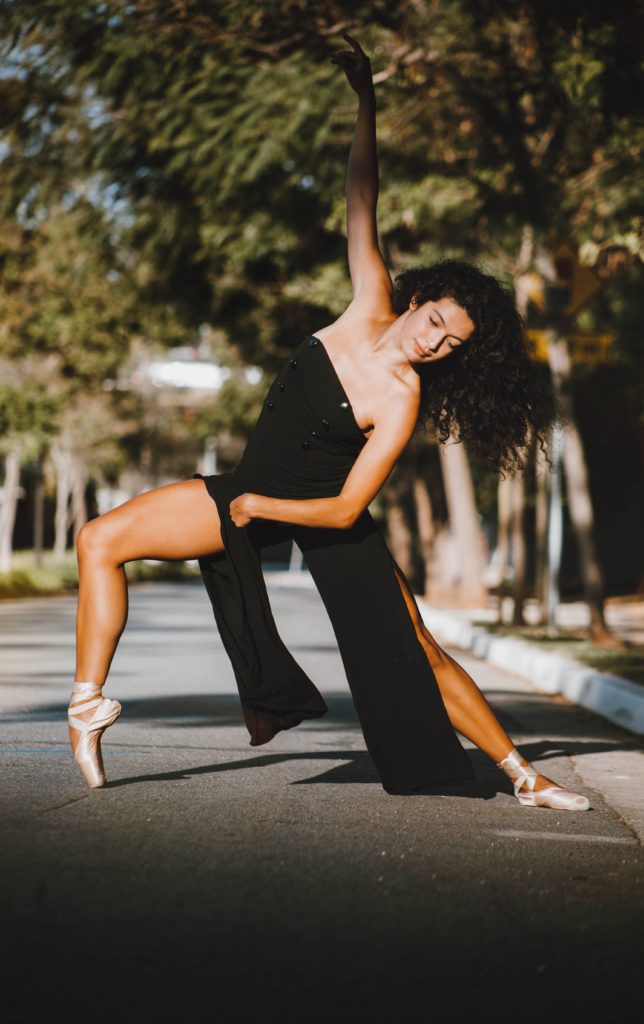 Photos by Jade Scarlato on Unsplash
Photos by Jade Scarlato on Unsplash
Choreographic Structure:
Structures that are used in the creation of a dance. Common structures used are:
- Binary: AB
- Ternary: ABA
- Rondo: ABACA
- Theme & Variation: A, A1, A2, A3
- Narrative: a dance that follows a storyline.
Binary Structure (AB):
Theme A: ‘Desire’ Theme B: ‘Attainment’
Theme A: ‘Desire’ Example:

Photo by Jusdevoyage on Unsplash
Theme B: ‘Attainment’ Example:
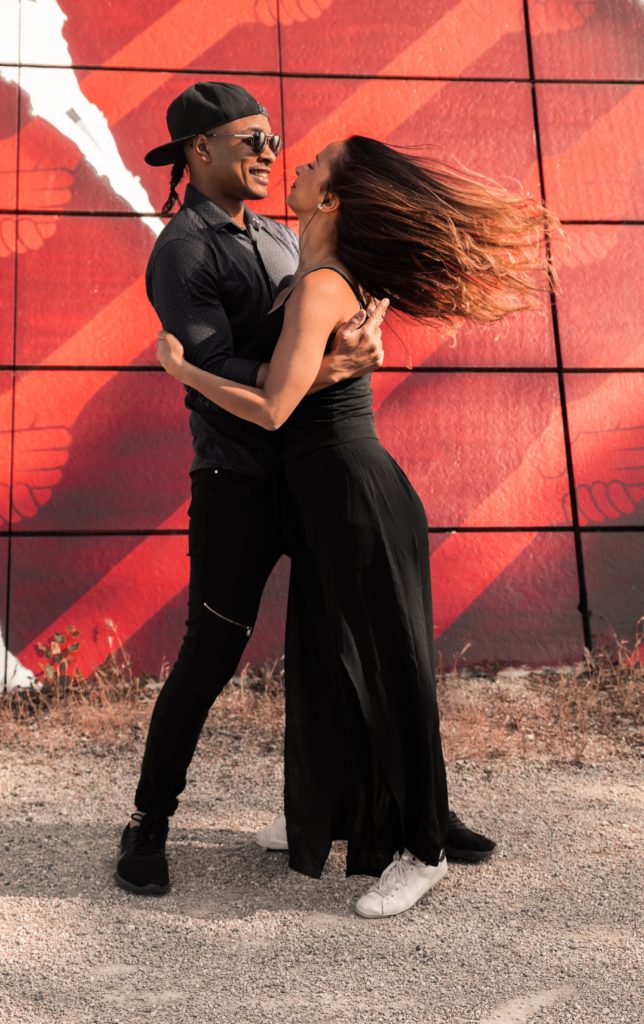 Photo by Jusdevoyage on Unsplash
Photo by Jusdevoyage on Unsplash
Ternary Structure (ABA):
Theme A: Love Theme B: Emotional Disconnect Theme A: Love
This structure could represent the natural flow of loving someone. A couple starts out in complete bliss because they are in love, but through misunderstandings or miscommunications, they experience emotional disconnect and don’t feel as close as they used to be. But because of the love they share, they seek to resolve their conflicts and in the end, return to a loving, blissful state. Check out the example photos below to get a better idea of different movements that could be used to express each respective theme.
Theme A: Love Example:
 Photo by Jusdevoyage on Unsplash
Photo by Jusdevoyage on Unsplash
Theme B: Emotional Disconnect Example:
 Photo by Jusdevoyage on Unsplash
Photo by Jusdevoyage on Unsplash
Theme A: Love Example Photo:
 Photo by Jusdevoyage on Unsplash
Photo by Jusdevoyage on Unsplash
This particular example (Love, Emotional Disconnect, love), could also be considered a narrative structure.
Rondo (ABACA):
Rondo is the same as the ternary structure but with one additional theme (theme C). Simply add one more theme to your ternary structure and you’ve created a dance with a rondo structure.
Theme & Variation (A, A1, A2, A3):
How to create a dance using this structure:
Step 1: Create your dance phrase for theme A.
Step 2: Create variations of your theme (A1, A2, and A3) by using one of the following compositional tools in each of your variations:
- perform it faster or slower
- perform it with lighter or stronger movement
- perform it with inverted levels, retrograde, repetition
- Eliminate some movement from your dance phrase
Narrative:
A narrative structure follows a storyline. Dancers will usually take on the role of certain characters with their movements embodying their character’s emotions or physical situations. Most classical ballet performances follow the narrative structure and usually contain a large cast of characters (e.g. Swan Lake, The Nutcracker, etc.). Some examples of poses or movements that could be considered part of a narrative structure are below:
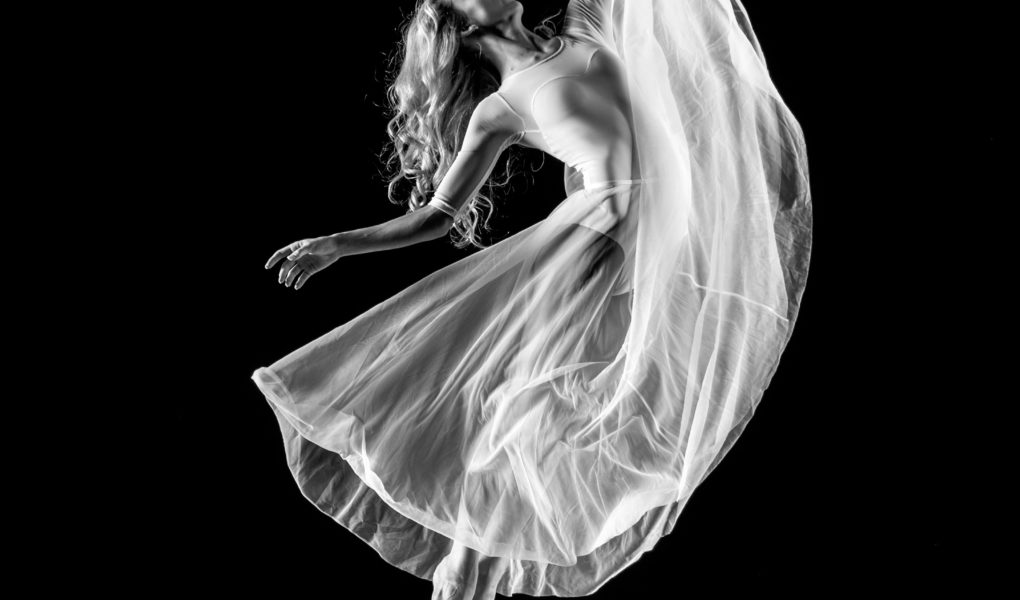
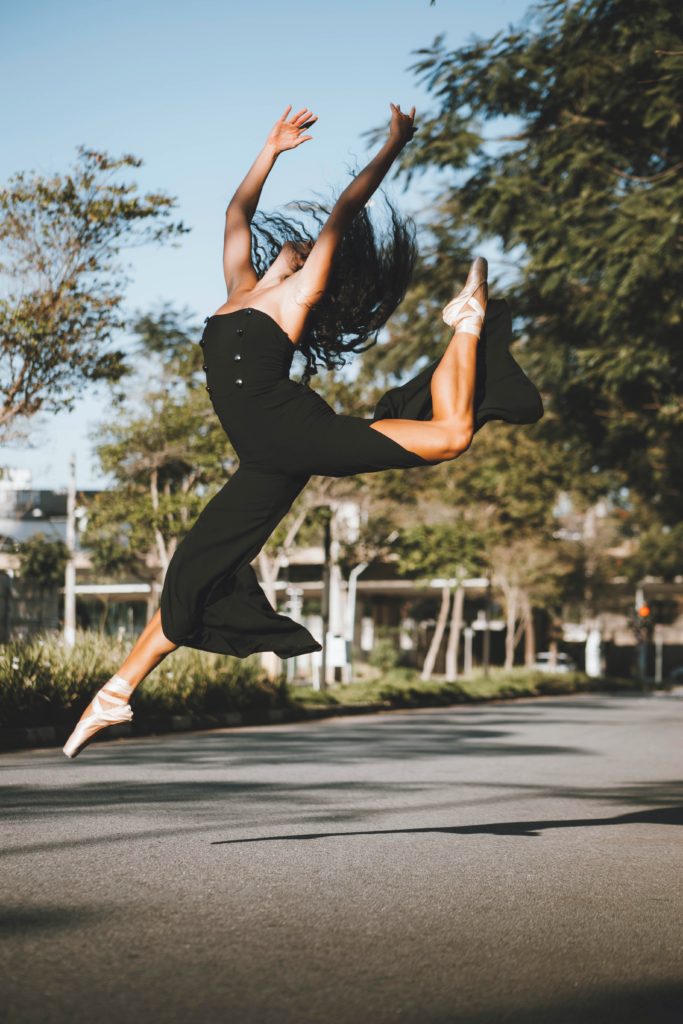
 Photo by
Photo by 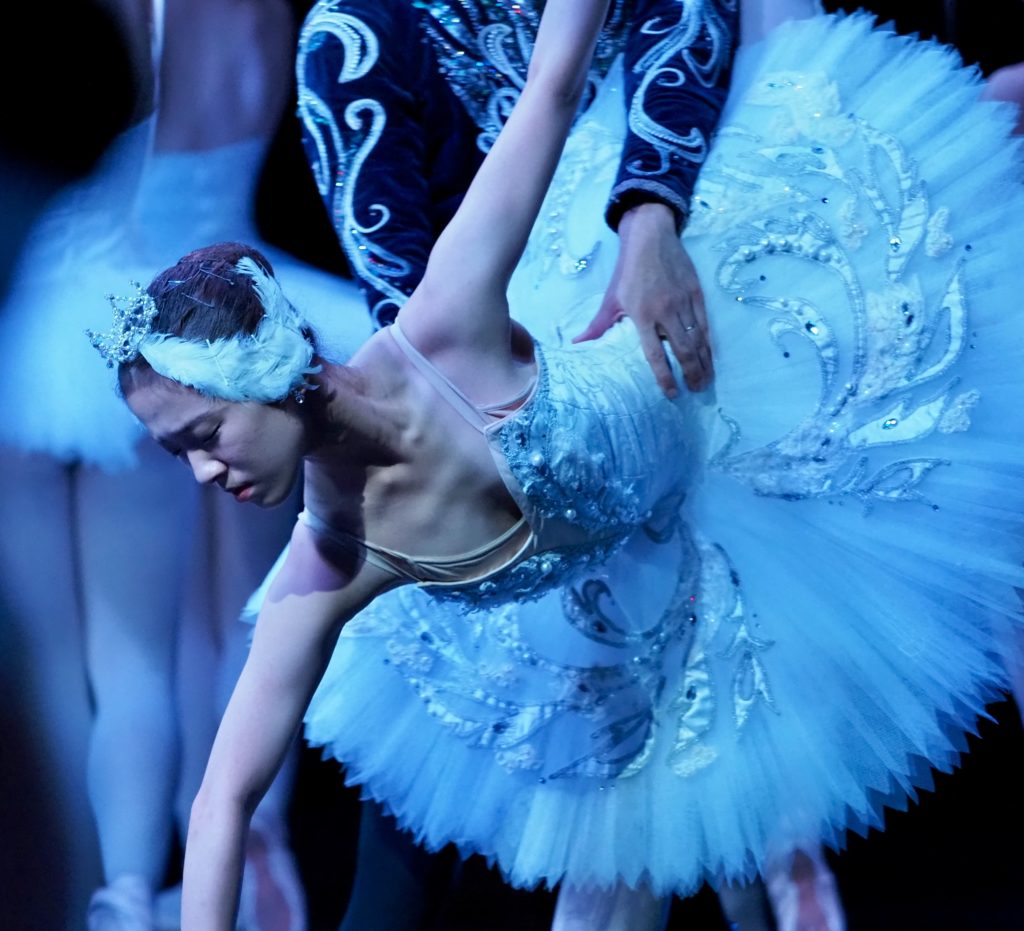 Photo by
Photo by 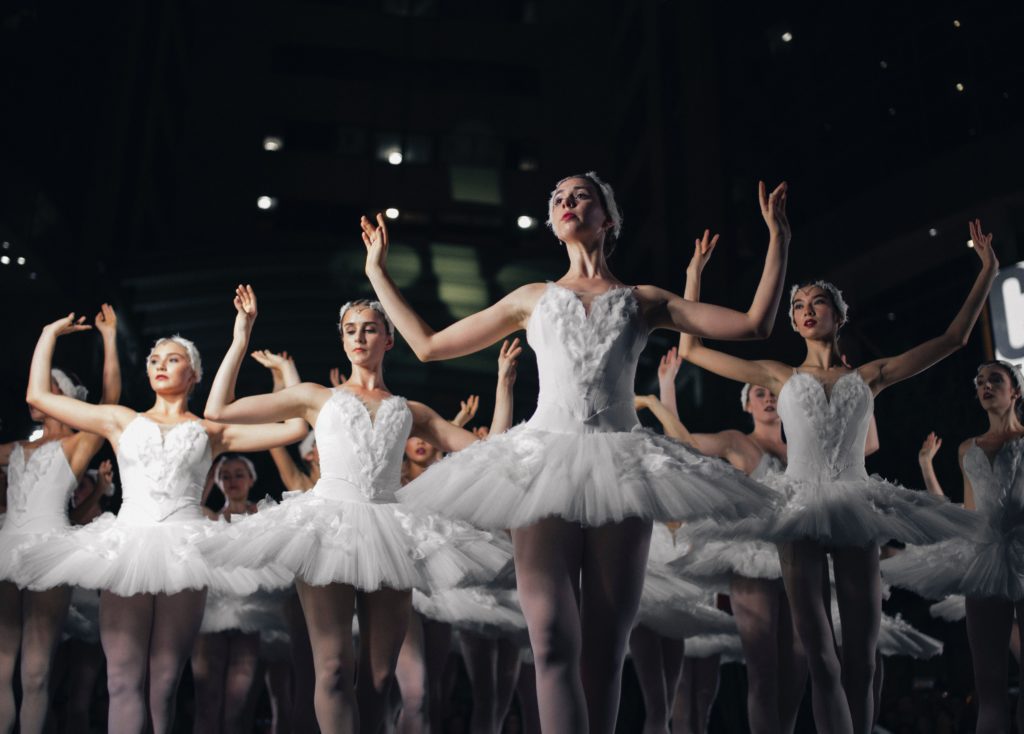
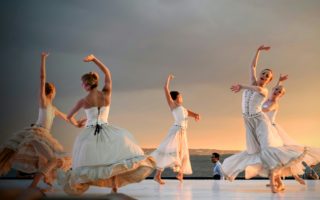


It was interesting when you talked about how love can be an example of narrative structure in choreography. I want to learn more about choreography and the process of making dance films in traditional styles. I enjoyed reading your article and learn more about emotion in the context of choreography!